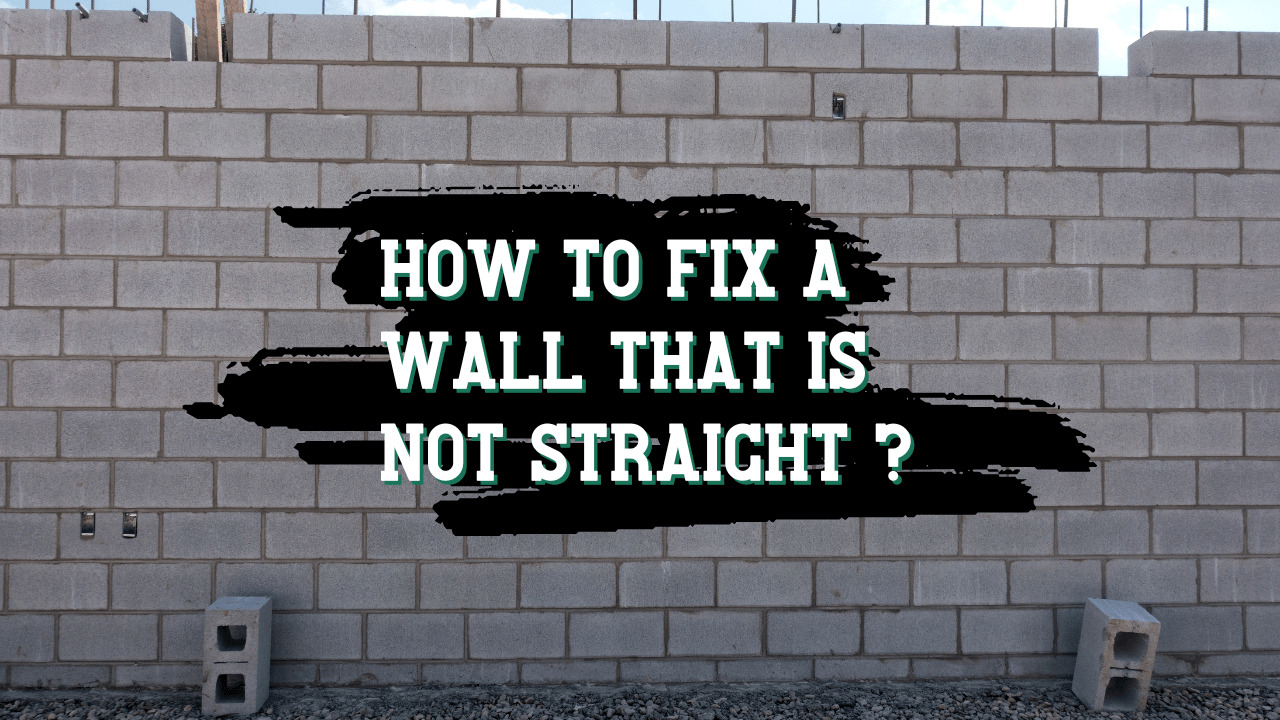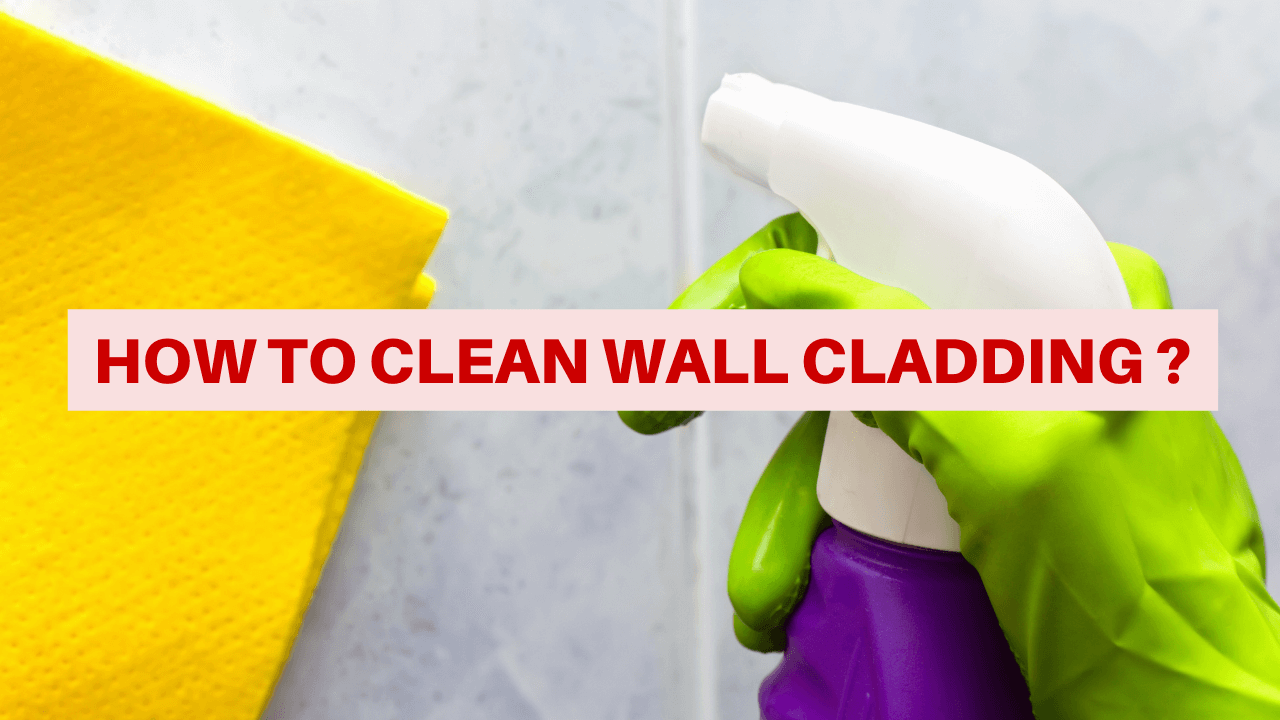Do you want to know how to hide a crooked wall? Many architects have found themselves in this situation: they have an unsightly wall to conceal while maintaining a professional appearance. We’ve covered a few criteria in this article.
Even the most professional carpenters make mistakes, and natural flaws in the wood are occasionally overlooked during the initial installation. Uneven walls are frequently caused by a framework set at an angle or by a warp in the wood.
Although it is advisable to correct an uneven wall before applying drywall, there are still techniques to correct the problem once the finish material has been put in. Continue reading if you want to fix an uneven wall yourself:
Table of Contents
Fix Uneven Wall’s Frame
If you have access to the home’s raw framing before any drywall is built, the simplest technique to remedy rough framing is to pound on it with a hammer or sledgehammer. A little adjustment is frequently caused by a fatigued arm holding the framing nail gun slightly off-center.
With a little physical force, you can tap these in place. To determine which way and where you need to apply force, use a straightedge and level to check against the surrounding wall studs.
Use Cardboard Shims For Framing
If there are minor warps or bows in the wall studs, you can use cardboard shims along the face of the studs. With cardboard shims, you can easily bring the low points to the main or high points. The idea is to bring the low points to the high points with shims.
They’re stapled in place and act as a backing for the drywall that’ll be installed on top and screwed into the studs. The screws go through the drywall, shims, and studs in the wall.
Use A Wood Planer
Wall studs with various bows and adjustments in the wood, which would require significant shimming or wouldn’t pound back into place with a hammer, can also be plained out with a wood planer.
You can use the straightedge and level to estimate how much you need to trim a piece down and then run the planer over the stud’s surface to shave a sliver off where needed.
Install Wall Panels Or Papers To Hide Imperfections
You have no choice but to conceal the bows and uneven walls if you arrive after installing the drywall. Wall panel is one alternative because it allows you to apply a half-inch of mud material, assisting disguise flaws owing to the random nature of skim’s final finish. Float out low spots and flush them with high spots using drywall mud.
When the mud has dried, you can cover the patch with paint or waterproofing. When installing tile, thinset mortar can be used, and extra mortar can be used to fill in any uneven patches, making the tile’s finish surface flat and even.
You can also add one or two coats of skim to hide the wall’s imperfections.
Avoid Adding Skim On Sanding
If you scrimp on the sanding, the repair place will show, so be careful. Use fine-grit sandpaper once the repaired area is dry. Apply a second layer of mud after the first has been sanded, spreading it out beyond the first layer’s boundaries. Re-sand once it is dry.
Focus On Safety Considerations While Skimming Or Framing An Uneven Wall
If inhaled, the small particulates in the drywall compound can harm your lungs. When sanding drywall compounds, always wear a dust mask. To protect your hands from the drying effects of gypsum dust, disposable gloves are an excellent option.
Before you assume you’ve fixed an uneven wall, double-check. Make sure the fix is smooth by running your hands over it. Then, with your temple against the wall, search for humps that may require additional sanding.
Conclusion
Sometimes it is not easy to fix an uneven wall yourself, especially if you don’t know carpentry. In this case, it would be great to hire a professional for reliable and effortless fixing services.
If you want to fix an uneven wall yourself, follow discussed guidelines or steps to ease work. Ensure to inspect your wall even after fixing uneven issues for appropriate finishing.
If there are cracks or gaps on an uneven wall, avoid adding skim on the wall without fixing the cracks.





